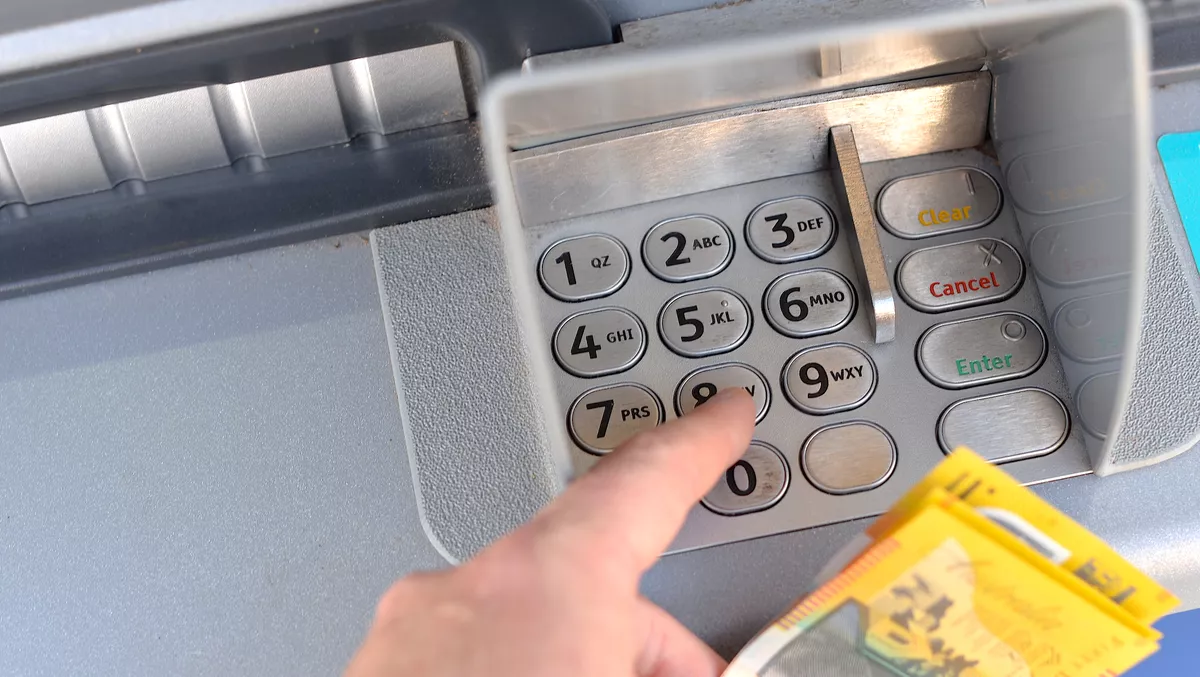
ATM vulnerabilities open door for attacks - report
Vulnerabilities have been discovered in the Wincor Cineo ATMs with the RM3 and CMD-V5 dispensers.
Vladimir Kononovich and Alexey Stennikov, Researchers at Positive Technologies, found that with access to the dispenser controller's USB port, an attacker can install an outdated or modified firmware version (for example, with disabled encryption) to bypass the encryption and make cash withdrawals.
Wincor is currently owned by Diebold Nixdorf, one of the largest ATM manufacturers in the world.
Diebold Nixdorf has more than 1 million ATMs installed worldwide, making it one of the largest ATM manufacturers, with a 32% share of the global market.
According to the researchers, most previous generations of ATMs could not withstand black-box attacks. In such cases, a hacker connects to the dispenser via a computer or a mobile device and sends a unique code, which results in the ATM dispensing money.
In research performed by Positive Technologies in 2018, 69% of ATMs turned out to be vulnerable to such attacks, and could be hacked in minutes. Modern ATMs, including Wincor Cineo, have built-in protection against black-box attacks. This protection is achieved by using end-to-end encryption between an ATM computer and the dispenser. The computer sends encrypted commands to the dispenser, and a hacker cannot withdraw money without encryption keys stored on the ATM computer.
"In the case of Wincor Cineo, we managed to figure out the command encryption used in the interaction between the PC and the controller and bypass the protection against black-box attacks," says Positive Technologies senior specialist of ICS Security, Vladimir Kononovich.
"At a popular website, we bought the same dispensing controller as the one used in Wincor's ATMs. Bugs in the controller code and old encryption keys allowed us to connect to an ATM using our own computer (as in a classic black-box attack), bypass the encryption, and make a cash withdrawal," he says.
"Currently, the attack scenario consists of three steps: Connecting a computer to an ATM, loading outdated and vulnerable firmware, and exploiting the vulnerabilities to access the cassettes inside the safe."
According to Kononovich, some manufacturers rely on security through obscurity, with proprietary protocols that are poorly studied and the goal of making it difficult for attackers to procure equipment to find vulnerabilities in such devices.
"However, our research shows that such equipment is not difficult to find on the open market and analyse, which can be used by criminal groups," says Kononovich.
Both vulnerabilities received a CVSSv3.0 score of 6.8. The first flaw, CVE-2018-9099, was detected in the firmware of the CMD-V5 dispenser (all versions up to and including 141128 1002 CD5_ATM.BTR and 170329 2332 CD5_ATM.FRM). The second, CVE-2018-9100, was detected in the RM3/CRS dispenser firmware (all versions up to and including 41128 1002 RM3_CRS.BTR and 170329 2332 RM3_CRS.FRM).
Positive Technologies says credit organisations must request the latest firmware version from ATM manufacturers to fix the vulnerabilities. Moreover, as an additional security factor, the vendor should enable physical authentication for the operator during firmware installation.


